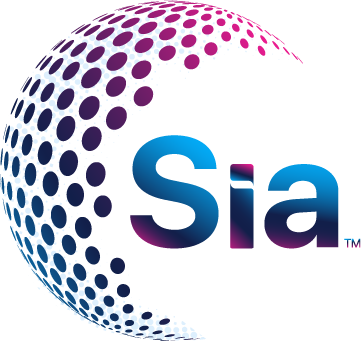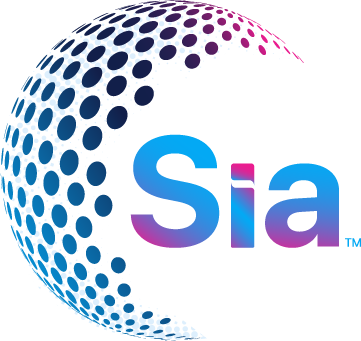Navigating the Transition: Tips for International Students Moving to the US

Navigating the Transition: Tips for International Students Moving to the US

In the current globalized era, the increasing number of international students is transforming the higher education sector. This is significant and filled with both prospects and difficulties. What motivates a growing number of students to pursue education in US universities?
However, relocating to a different country is not an easy change, and a major move requires numerous elements to align seamlessly for the transition to be successful. Gaining knowledge about the relocation process is crucial for understanding the needs of international students both before and after they arrive in the US for university higher education.
Studying abroad in pursuit of higher education opens doors to specialized research and a variety of student life experiences, nurturing both personal and academic development within an international framework. This offers international students a chance to broaden their horizons and enrich their higher educational journey.
Key Factors to Consider When Heading to US Universities for Higher Education:
- Identifying the Right U.S. Visa for Education Purposes: F-1 Visa Explained: This visa category is designed for students enrolled in universities, colleges, high schools, private elementary schools, seminaries, conservatories, other academic institutions, or language training programs in the U.S.
- Healthcare Access for International Students: Before starting your studies, it’s crucial to consider health insurance. Many universities provide a plan, which you can join through the college. Verify if this is included in your tuition fees or requires additional payment. If your university doesn’t offer a plan, comparison websites can help you evaluate different coverage options.
- Adapting to the Cultural Landscape of the U.S.: As an international student stepping into the vibrant and diverse culture of the United States, it’s essential to embrace flexibility and openness. The U.S. is a melting pot of customs and traditions, offering a rich tapestry of experiences. From understanding local social norms to engaging in campus activities, immerse yourself in this new environment to make the most of your university journey. Remember, adapting to a new culture is a learning curve that enriches your educational and personal growth.
- Essential Language Proficiency for International Students: Mastering English is crucial for international students in the U.S. It’s not just about academic success; proficiency in English enhances daily communication, social integration, and access to resources. Strengthening language skills before and during your studies can significantly ease the transition, opening doors to a fuller, more engaged university experience. Embrace every opportunity to practice, whether in class, through language exchange groups, or in everyday interactions.
- Decoding the Structure of Universities: Exploring US Higher Education: Understanding Associate, Bachelor’s, Master’s, and Doctoral Degrees (AA, AS, AAS) – A brief overview of the various levels in U.S. higher education, each with its unique credit requirements and course durations.
- Navigating the Financial Landscape: Opening a U.S. Bank Account: A Crucial Step for International Students to Avoid Extra Fees – This highlights the importance of setting up a local bank account in the USA to sidestep additional charges like international transactions. Also understanding the Cost of U.S. Higher Education: Exploring Financial Aid and Funding Options – This emphasizes the need to thoroughly investigate all available financial resources, despite the high cost of education in the U.S. The differences between In-State and Out-of-State Costs, are how tuition fees can vary depending on whether you’re an in-state or out-of-state student. Many students benefit from financial aid or scholarships.
- Choosing the Perfect Accommodation: U.S. universities offer various student housing options, with on-campus dormitories being a popular choice. These dorms, situated near campus amenities like libraries, labs, and sports facilities, offer a communal living experience. It is ideal for international students seeking quick social integration.
- International Students Seeking Employment in the US: It’s advisable to explore student job opportunities advertised by universities before the semester begins. This proactive approach positions you to apply early, ahead of local students. Reach out to your admissions office for insights into the university’s policies regarding on-campus employment for students. To work off-campus, ensure you have the required official permission. The eligibility criteria for this are detailed in your visa eligibility.
Conclusion
In conclusion, for future international students embarking on their journey to the U.S. for higher education, meticulous planning, and informed decision-making are crucial. Securing the right U.S. visa, choosing flexible courses offered by diverse universities, strategically planning finances, and exploring job opportunities during your course, collectively form the pillars of a successful and enriching educational experience. Embrace this adventure with confidence and foresight, as it opens doors to global opportunities and personal growth.





